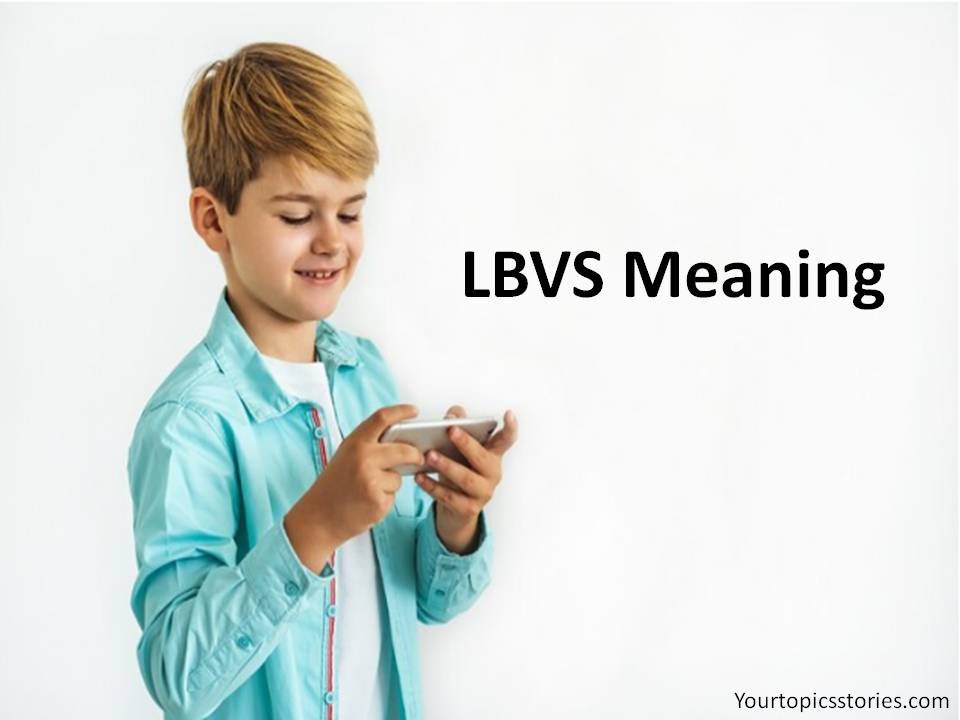The OOP Meaning refers to the principles and techniques of Object-Oriented Programming, a paradigm that organizes software design around objects rather than functions or logic. Objects can represent real-world entities, encapsulating data (attributes) and behaviors (methods) into self-contained units.
The Four Pillars of OOP Meaning
At its core, the OOP Meaning is built on four key principles that guide its structure and functionality:
Also, explore BDE: What Does BDE Mean and Its Usage Across Social Media
- Encapsulation
- Definition: Bundling data and methods that operate on that data within a single unit (object).
- Example: A Car object encapsulates attributes like color and speed along with methods like accelerate() and brake().
- Inheritance
- Definition: Creating a new class from an existing one to reuse, extend, or modify its functionality.
- Example: A SportsCar class can inherit from the Car class and add unique features like turbo().
- Polymorphism
- Definition: Allowing objects to take multiple forms, enabling the same operation to behave differently on different classes.
- Example: A drive() method can function differently for a Car object and a Bike object.
- Abstraction
- Definition: Hiding complex implementation details and exposing only the essential features of an object.
- Example: A Payment class can abstract details for CreditCard and PayPal payment methods.
Why is OOP Important?
The OOP Meaning isn’t just a theoretical concept; it has practical implications that make it a popular choice among developers. Here’s why OOP matters:
- Code Reusability
- Through inheritance, OOP allows developers to reuse code across different applications, reducing redundancy.
- Modularity
- Objects are self-contained, making the codebase easier to manage and modify.
- Scalability
- OOP makes it easier to scale applications by adding new functionalities without altering existing code.
- Maintainability
- The structured approach of OOP simplifies debugging and maintenance.
- Real-World Representation
- Objects mirror real-world entities, making it intuitive for developers to model complex systems.
Practical Applications of OOP
The OOP Meaning extends across various industries and use cases, including:
- Game Development
- Objects like Player, Enemy, and Weapon simplify the creation of interactive environments.
- Web Development
- Frameworks like Django (Python) and Laravel (PHP) leverage OOP principles for building robust web applications.
- Mobile App Development
- Android and iOS development rely heavily on OOP to manage UI components and application logic.
- Enterprise Software
- OOP is integral to building scalable and secure enterprise solutions in languages like Java and C#.
Example: OOP in Action
Here’s a simple illustration of the OOP Meaning in Python:
class Animal:
def __init__(self, name, sound):
self.name = name
self.sound = sound
def make_sound(self):
return f”{self.name} says {self.sound}”
class Dog(Animal):
def __init__(self, name, sound, breed):
super().__init__(name, sound)
self.breed = breed
# Create objects
dog = Dog(“Buddy”, “Woof”, “Golden Retriever”)
print(dog.make_sound()) # Output: Buddy says Woof
This example demonstrates encapsulation, inheritance, and polymorphism.
Comparison of OOP vs. Procedural Programming
| Feature | OOP | Procedural Programming |
| Approach | Object-based | Function-based |
| Code Reusability | High (via inheritance) | Limited |
| Scalability | Easy to scale | Challenging |
| Real-World Modeling | Intuitive | Abstract |
| Maintenance | Easier | Harder |
Challenges of OOP
While the OOP Meaning highlights many benefits, it’s not without challenges:
- Steeper Learning Curve
- Beginners may find OOP concepts like inheritance and polymorphism complex.
- Overhead
- OOP programs can be more resource-intensive than procedural ones.
- Over-Engineering
- Misuse of OOP can lead to overly complex designs, making the code harder to understand.
Top Programming Languages for OOP
The OOP Meaning finds its implementation in various programming languages, including:
- Java
- Widely used for enterprise applications and Android development.
- C++
- Popular for system software and game development.
- Python
- Known for its simplicity and extensive libraries.
- C#
- Integral to Windows applications and game development with Unity.
Conclusion
Understanding the OOP Meaning is crucial for anyone looking to excel in modern software development. Its core principles—encapsulation, inheritance, polymorphism, and abstraction—offer a solid foundation for creating scalable, maintainable, and user-friendly applications. Whether you’re coding a simple app or a complex enterprise solution, embracing OOP will set you on the path to success.



